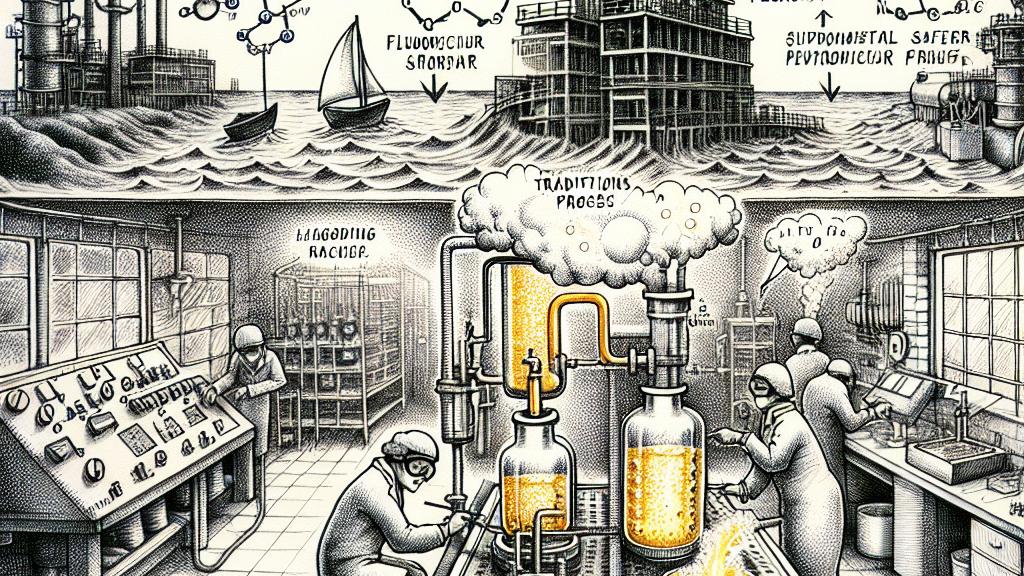Innovative Method for Sustainable Fluorochemical Production from Fluorspar
Overview
- Introducing a groundbreaking low-temperature technique for producing fluorochemicals.
- This method eliminates the reliance on hazardous hydrogen fluoride, significantly improving safety.
- It promotes local manufacturing, reducing environmental impact and streamlining supply chains.

Understanding the Transition
Let's unravel the exciting journey behind this innovative methodology, which is spearheaded at the University of Oxford in the UK. For many years, the production of fluorochemicals has posed serious challenges. Traditionally, fluorspar (CaF2)—a naturally occurring mineral—was subjected to sulfuric acid in a high-energy process exceeding 300 degrees Celsius. This method was not only hazardous due to the production of highly corrosive hydrogen fluoride (HF), but it also raised significant safety concerns, often resulting in costly accidents. Fortunately, the new technique introduces an elegant shift. By operating at low temperatures—specifically below 50 degrees Celsius—researchers can tap into the potential of fluorochemicals in a much safer manner. Isn't it refreshing to see science tackling real-world problems with such ingenuity?
The Breakthrough Process
Central to this remarkable method is a clever interplay between a fluorophilic Lewis acid and oxalic acid in water, which collectively activates fluorspar to yield essential fluorinated compounds. For example, when boric acid is utilized, the process produces tetrafluoroboric acid, a compound that plays a critical role in various chemical reactions. Additionally, switching to silica leads to further breakthroughs, such as generating hexafluorosilicic acid, which is invaluable for lithium-ion battery technology. Such versatility exemplifies the method's potential! Furthermore, researchers have demonstrated its effectiveness using lower-purity fluorspar—also known as metspar—highlighting the method's adaptability. This innovative approach not only paves the way for localized manufacturing but also stands to significantly lower transportation costs and carbon emissions, making it a remarkable improvement over traditional methods.
Looking Ahead
As we gaze into the future, this transformative fluorspar method symbolizes a major leap toward sustainability in the chemical industry. Its impact could reach far into sectors such as pharmaceuticals, where safe and effective fluorinated compounds are essential for developing new drugs. Similarly, the agricultural industry could benefit immensely—imagine agrochemicals being produced safely and efficiently! Localized manufacturing becomes increasingly feasible, enabling industries to reduce their reliance on hazardous materials while minimizing carbon footprints simultaneously. As investments in green chemistry continue to surge and technologies like this gain traction, we are stepping into a new era that embraces safety, efficiency, and sustainability. Who wouldn’t want to be a part of this exciting transition?

Loading...